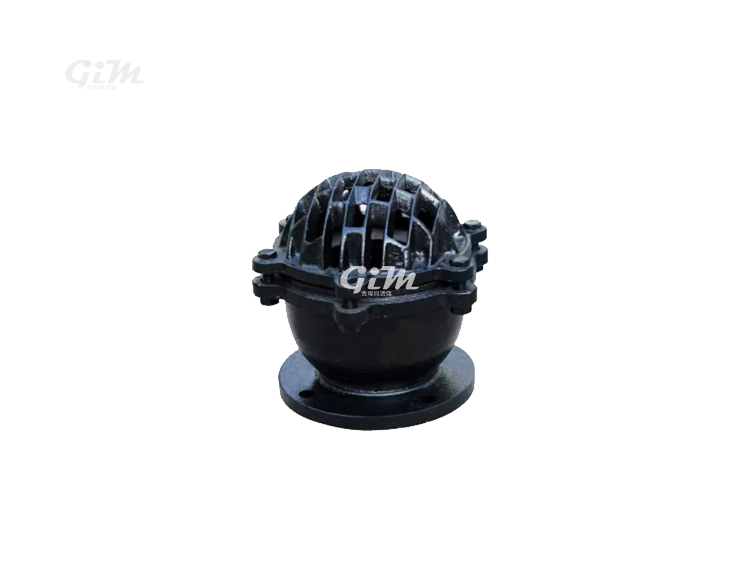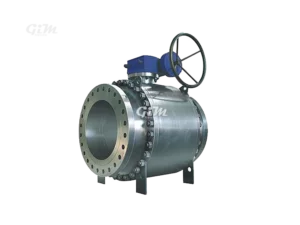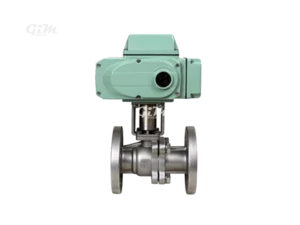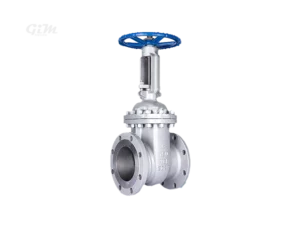Lift Foot Valve
- Support Customization
- Two-Year Warranty
- Global Shipping
- Multiple Payment Methods
Overview:
The Lift Foot Valve is a specialized type of check valve which is a crucial component in pump systems designed to prevent reverse flow and ensure efficient pump priming. Positioned at the suction end of the pipeline, this valve allows fluid to enter the pump while preventing backflow when the pump is not operating. Its unique lift mechanism ensures reliable sealing and smooth operation, contributing to the longevity of the pump system.
Product Features:
- Material and Construction:
- Body Material: Typically constructed from cast iron, stainless steel, or brass, offering durability and resistance to corrosion in various fluid applications.
- Lift Mechanism: The internal lift design ensures smooth vertical movement, which aids in creating a secure seal to prevent reverse flow when the pump is idle.
- Functionality:
- Check Valve Operation: Effectively prevents the backflow of fluids, maintaining the prime of the pump and protecting the system from potential damage caused by reverse flow.
- Lift Mechanism: Ensures that the valve opens when fluid is being drawn into the pump and closes automatically when the pump is turned off, preventing backflow.
- Flow and Pressure Capabilities:
- Pressure Rating: Available in various pressure ratings, commonly PN10 to PN40, to suit different operational requirements.
- Flow Efficiency: Designed to minimize flow resistance, the valve ensures efficient fluid transfer and reduces energy loss during operation.
- Design Benefits:
- Backflow Prevention: The lift valve prevents reverse flow, helping maintain the pump’s prime and protecting the system from damage caused by backpressure.
- Debris Protection: Often equipped with an integrated strainer at the inlet, the valve prevents debris from entering the pump system, thus reducing the risk of clogging and mechanical failure.
- Installation and Maintenance:
- Easy Installation: The valve can be easily installed at the suction end of a pipeline, with options for flanged or threaded connections to fit different systems.
- Low Maintenance: The robust design, along with the strainer, reduces the need for frequent maintenance, ensuring long-term performance and reliability.
- Applications:
- Water Supply Systems: Used in pumps for wells and water distribution networks, ensuring the system remains primed and ready for use.
- Irrigation Systems: Prevents reverse flow in agricultural irrigation setups, allowing for efficient water distribution.
- Industrial Pump Systems: Provides reliable backflow prevention in industrial settings where water, chemicals, or other fluids are pumped through pipelines.
- Municipal and Wastewater Systems: Ensures smooth operation and protection against debris in wastewater and municipal water supply applications.
- Advantages:
- Pump Protection: Prevents reverse flow that could cause pumps to lose prime, minimizing the risk of damage and downtime.
- Efficient Fluid Transfer: The lift mechanism allows for free-flowing fluid while minimizing resistance, enhancing overall system efficiency.
- Debris Prevention: The built-in strainer keeps out debris, ensuring the smooth operation of the pump and extending the lifespan of the system.
- Reliable Sealing: The lift mechanism provides consistent sealing, reducing the chances of leaks and improving system performance.
Conclusion:
The Lift Foot Valve is an indispensable component in various pump systems, offering effective backflow prevention, debris protection, and reliable operation. Its lift mechanism ensures a tight seal and efficient fluid flow, making it ideal for use in water supply, irrigation, and industrial fluid handling applications. With durable construction and low maintenance requirements, this valve ensures optimal pump performance and long-lasting protection for your fluid systems.






